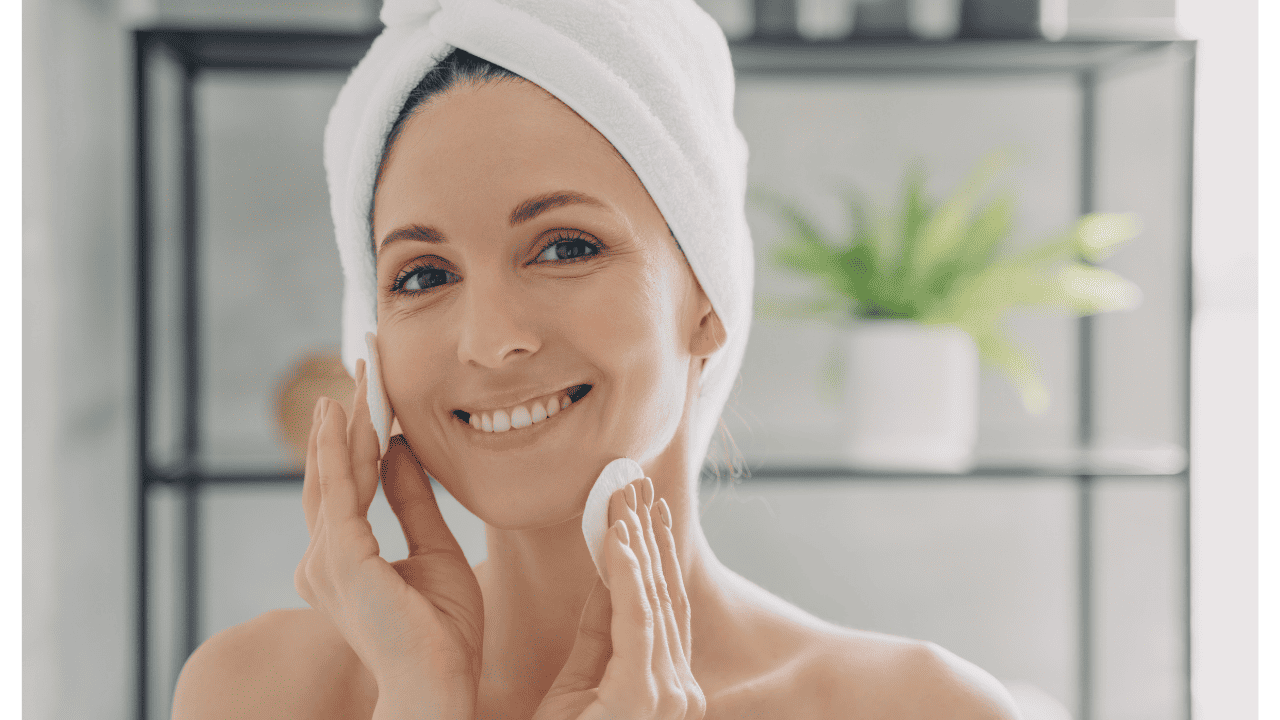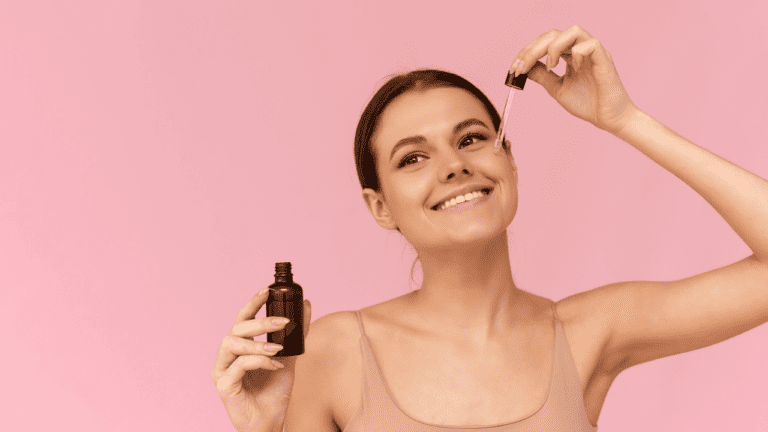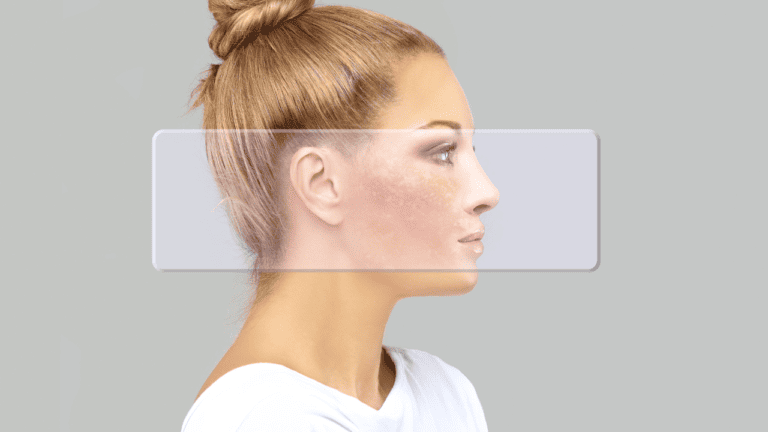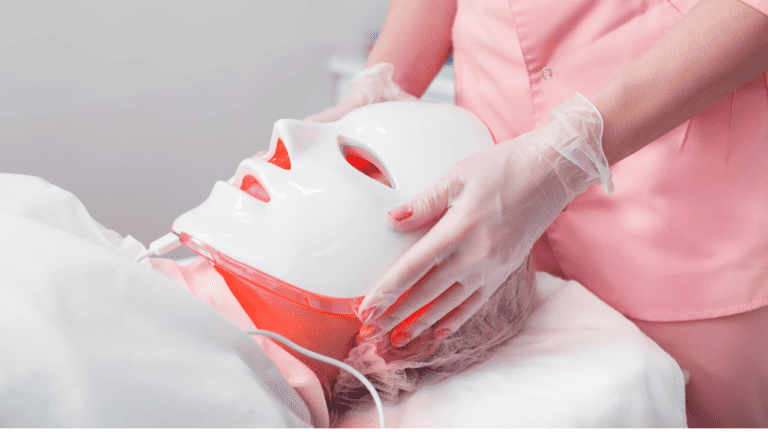After removing a pimple patch, it is important to take proper care of the skin to prevent irritation and enhance the healing process. Pimple patches work by absorbing excess fluids and pulling dirt and oil from the pimple, preventing bacteria from penetrating the skin. However, after removing the patch, the skin may be sensitive and require special attention to avoid further breakouts or damage.
Post-Pimple Patch Care:
To care for the skin after removing a pimple patch, gently cleanse the affected area with a mild, fragrance-free cleanser. Avoid using harsh scrubs or exfoliants that can irritate the skin and cause further breakouts. Apply a soothing moisturizer to keep the skin hydrated and protected.
Preventing Skin Irritation:
To prevent skin irritation, avoid touching or picking at the affected area. This can introduce bacteria and cause further breakouts or scarring. Additionally, avoid using harsh products or treatments that can damage the skin, such as alcohol-based toners or acne medications with high concentrations of benzoyl peroxide or salicylic acid.
Enhancing the Healing Process:
To enhance the healing process, consider using a spot treatment or serum that contains ingredients such as tea tree oil, niacinamide, or vitamin C. These ingredients can help reduce inflammation, promote healing, and prevent future breakouts. Additionally, consider incorporating a gentle exfoliant or face mask into your skincare routine to help remove dead skin cells and promote cell turnover.
Key Takeaways
- Proper post-pimple patch care is essential to prevent irritation and enhance the healing process.
- Avoid touching or picking at the affected area to prevent further breakouts or scarring.
- Incorporate gentle, soothing products into your skincare routine to promote healing and prevent future breakouts.
Post-Pimple Patch Care

After removing a pimple patch, it is essential to take care of the skin to avoid any further breakouts or irritation. Here are some steps to follow for post-pimple patch care.
Assessing Skin After Patch Removal
Before proceeding with the next steps, it is crucial to assess the condition of the skin after removing the patch. If the pimple has come to a head and there is pus, gently wipe it away with a clean tissue. If the pimple is still inflamed, avoid squeezing it to prevent any scarring.
This post may contain affiliate links, which means I’ll receive a commission if you purchase through my link, at no extra cost to you. Please read full disclosure here.
Gentle Cleansing
After removing the patch, cleanse the skin with a gentle cleanser to remove any dirt, oil, or residue left by the patch. Avoid using harsh or abrasive cleansers that can strip the skin’s natural oils and cause further irritation. Instead, opt for a gentle cleanser that is formulated for sensitive skin. A gentle facial cleanser recommendation:
Rice Water Bright Foaming Cleanser

Hydration and Moisturizing
After cleansing, it is essential to hydrate and moisturize the skin to restore its natural moisture barrier. Choose a moisturizer that is non-comedogenic and lightweight. Look for ingredients like hyaluronic acid and ceramides, which help to lock in moisture and improve the skin’s texture.
If the skin is still inflamed or irritated, consider using a hydrocolloid patch to soothe and protect the affected area. Hydrocolloid patches work by creating a moist environment that promotes healing and prevents scarring.
By following these simple steps, you can ensure that your skin stays healthy and free from breakouts after removing a pimple patch.
Preventing Skin Irritation

After removing a pimple patch, it is important to take steps to prevent skin irritation. Here are some tips to help you avoid irritation and keep your skin healthy.
Choosing the Right Skincare Products
When selecting skincare products, it is important to look for products that are designed for your skin type. For those with sensitive skin, it is especially important to choose gentle cleansers and moisturizers that are non-comedogenic. Non-comedogenic products are formulated to not clog pores, which can lead to breakouts and irritation.
It is also important to avoid products that contain harsh chemicals, such as alcohol. Alcohol can strip the skin of its natural oils, leading to dryness and irritation. Instead, look for products that contain natural ingredients that are gentle on the skin.
Avoiding Harsh Chemicals
In addition to avoiding harsh chemicals in skincare products, it is important to be mindful of other products that can cause skin irritation. For example, some laundry detergents and fabric softeners can contain chemicals that can irritate the skin. To avoid this, consider using fragrance-free products that are designed for sensitive skin.
It is also important to avoid using hot water when washing your face or taking a shower. Hot water can strip the skin of its natural oils, leading to dryness and irritation. Instead, use lukewarm water and be gentle when washing your face or body.
By following these tips, you can help prevent skin irritation and keep your skin looking and feeling healthy.
Enhancing the Healing Process

After removing a pimple patch, it is important to take steps to enhance the healing process. Doing so can help reduce the risk of scarring and promote clearer skin. In this section, we’ll cover some effective ways to enhance the healing process.
Spot Treatment Application
One way to enhance the healing process after removing a pimple patch is to apply a spot treatment to the affected area. Salicylic acid and benzoyl peroxide are two common ingredients found in spot treatments that can help to reduce inflammation and kill bacteria that may be contributing to acne.
Tea tree oil is another natural ingredient that can be effective in treating acne. It has antibacterial properties that can help to kill acne-causing bacteria and reduce inflammation. However, it is important to use tea tree oil in moderation, as it can be irritating to the skin if used in high concentrations.
Natural Remedies and Supplements
In addition to spot treatments, there are several natural remedies and supplements that can help to enhance the healing process after removing a pimple patch. One natural remedy that has been shown to be effective in treating acne is a honey mask. Honey has antibacterial properties and can help to reduce inflammation.
Another natural remedy that can be effective in treating acne is green tea. Green tea contains antioxidants that can help to reduce inflammation and fight bacteria. Drinking green tea regularly or applying a green tea extract topically may help to reduce the frequency and severity of acne breakouts.
Finally, taking supplements such as zinc, vitamin A, and omega-3 fatty acids may also help to enhance the healing process after removing a pimple patch. Zinc has been shown to reduce inflammation and promote wound healing, while vitamin A can help to regulate the production of sebum, which can contribute to acne. Omega-3 fatty acids can also help to reduce inflammation and promote healthy skin.
Skin Protection Strategies
After removing a pimple patch, it is important to take care of the skin to avoid any further breakouts or damage. Here are some skin protection strategies that can help:
Sun Protection
One of the most important things to keep in mind after removing a pimple patch is to protect the skin from the sun. The skin can be more sensitive and vulnerable after the patch is removed, and exposure to the sun can cause further damage. It is recommended to use sunscreen with an SPF of at least 30 and to reapply every two hours if spending time outdoors. Wearing protective clothing such as hats and long-sleeved shirts can also help.
Avoiding Pimple Popping
While it can be tempting to pop a pimple, it is important to avoid doing so after removing a pimple patch. Picking or popping a pimple can cause further damage to the skin and can even lead to scarring. It is best to let the pimple heal naturally and to resist the urge to touch or pick at it.
By following these skin protection strategies, individuals can help ensure that their skin remains healthy and clear after removing a pimple patch. Remember to always take care of the skin and to avoid any actions that could cause further damage or breakouts.
Maintaining Clear Skin
After removing a pimple patch, it’s important to maintain clear skin to prevent further breakouts. This can be achieved through regular exfoliation and a consistent skincare routine.
Regular Exfoliation
Exfoliation helps to remove dead skin cells that can clog pores and lead to acne. It’s recommended to exfoliate 1-2 times a week with a gentle scrub or chemical exfoliant. However, it’s important not to over-exfoliate as this can cause irritation and dryness.
Consistent Skincare Routine
Consistency is key when it comes to skincare. It’s important to establish a routine that works for your skin type and stick to it. This includes cleansing twice a day, using a toner to balance the skin’s pH, and moisturizing to keep the skin hydrated. It’s also important to use products that are non-comedogenic and free of harsh ingredients that can irritate the skin.
In addition to regular exfoliation and a consistent skincare routine, it’s important to maintain a healthy lifestyle. This includes drinking plenty of water, eating a balanced diet, and getting enough sleep. Stress can also contribute to acne, so it’s important to practice stress-reducing activities such as yoga or meditation.
By following these tips, one can maintain clear skin and prevent future breakouts.
Addressing Specific Concerns
After removing a pimple patch, it is important to address any specific concerns that may arise. This includes reducing inflammation and redness, as well as treating hyperpigmentation and scarring.
Reducing Inflammation and Redness
One of the most common concerns after removing a pimple patch is inflammation and redness. To reduce inflammation, it is recommended to apply a cool compress to the affected area. This can help to soothe the skin and reduce any swelling or redness. Additionally, using a gentle, non-comedogenic moisturizer can help to hydrate the skin and reduce any irritation.
It is important to avoid using harsh products or exfoliants on the skin, as this can further irritate the area and worsen inflammation. Instead, opt for gentle, soothing products that are specifically formulated for sensitive skin.
Treating Hyperpigmentation and Scarring
Another concern that may arise after removing a pimple patch is hyperpigmentation and scarring. To treat hyperpigmentation, it is recommended to use products that contain ingredients such as vitamin C, niacinamide, and kojic acid. These ingredients can help to brighten the skin and reduce the appearance of dark spots.
For scarring, it is recommended to use products that contain ingredients such as retinol and glycolic acid. These ingredients can help to promote cell turnover and stimulate collagen production, which can help to improve the appearance of scars over time.
It is important to note that while these products can be effective, they may take time to show results. It is also important to use these products as directed and to be patient with the process.
In summary, after removing a pimple patch, it is important to address any specific concerns that may arise. This includes reducing inflammation and redness, as well as treating hyperpigmentation and scarring. By using gentle, soothing products and being patient with the process, individuals can help to promote healthy, clear skin.
Professional Advice
After removing a pimple patch, it is important to follow a few guidelines to ensure that the skin heals properly. Professional advice from dermatologists can help individuals with sensitive skin and those who are prone to acne to prevent future breakouts.
When to See a Dermatologist
If the pimple patch was covering a cyst or if the area around the pimple is red and inflamed, it is recommended to see a dermatologist. A dermatologist can diagnose and treat any underlying skin conditions that may be causing the pimples.
In some cases, removing a pimple patch can cause an infection. If the area around the pimple becomes swollen, painful, or warm to the touch, it is important to see a dermatologist. They can provide antibiotics or other treatments to prevent the infection from spreading.
Dermatologists can also provide advice on how to prevent future breakouts. They may recommend using a gentle cleanser or moisturizer to keep the skin hydrated and healthy. They may also suggest avoiding certain foods or products that can irritate the skin.
Overall, seeking professional advice from a dermatologist can help individuals with acne-prone skin to prevent future breakouts and keep their skin healthy.
Frequently Asked Questions
Should I apply any treatment after removing a pimple patch?
After removing a pimple patch, it is not necessary to apply any additional treatment. The patch is designed to absorb excess oil and impurities from the pimple, and it is recommended to leave the area alone to allow it to heal naturally. Applying additional products may irritate the skin or cause further breakouts. However, if the area is still inflamed or irritated, a gentle moisturizer or aloe vera gel may be applied to soothe the skin.
Is it necessary to cleanse the skin after using an acne patch?
It is not necessary to cleanse the skin immediately after removing an acne patch, as the patch is designed to absorb excess oil and impurities from the pimple. However, it is important to cleanse the skin regularly to prevent future breakouts. A gentle cleanser should be used to remove dirt, oil, and makeup from the skin, and a non-comedogenic moisturizer should be applied to keep the skin hydrated.
How do I care for the area where the pimple patch was applied?
After removing a pimple patch, it is important to treat the area with care to prevent further irritation or infection. The area should be gently cleansed with a mild cleanser and warm water, and a non-comedogenic moisturizer should be applied to keep the skin hydrated. It is also important to avoid touching or picking at the area, as this can introduce bacteria and cause further breakouts. If the area is still inflamed or irritated, a cold compress may be applied to soothe the skin.






